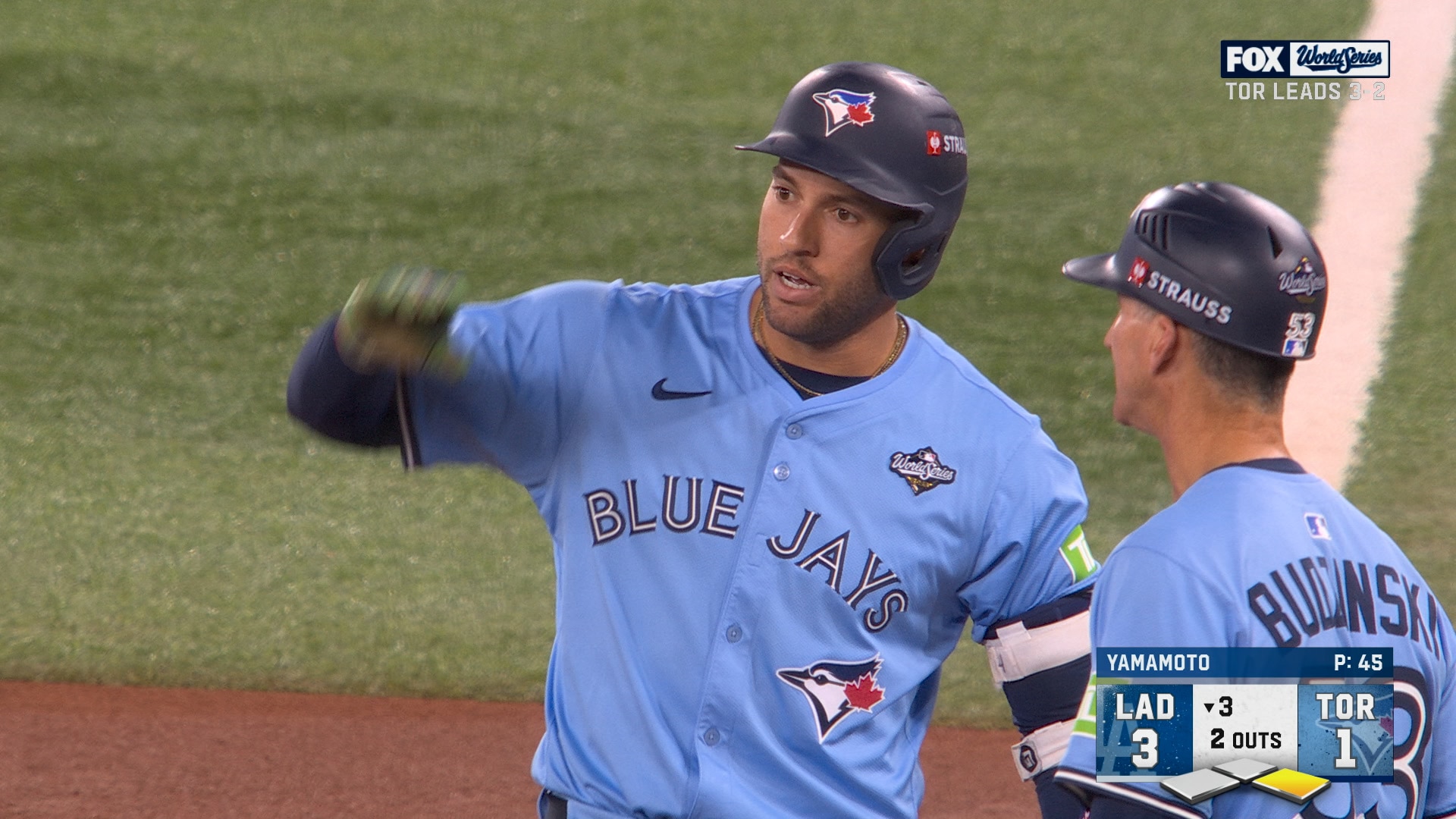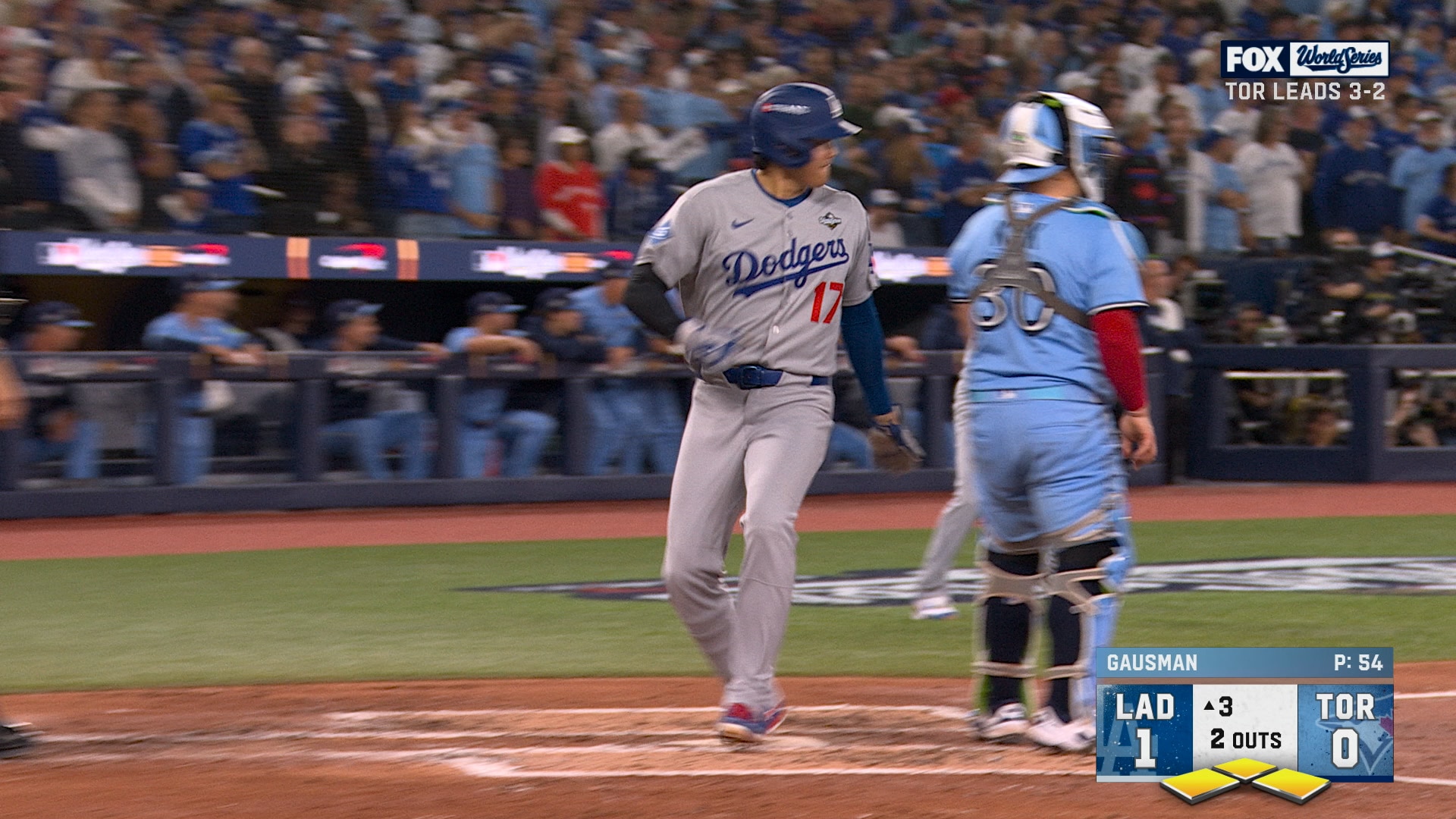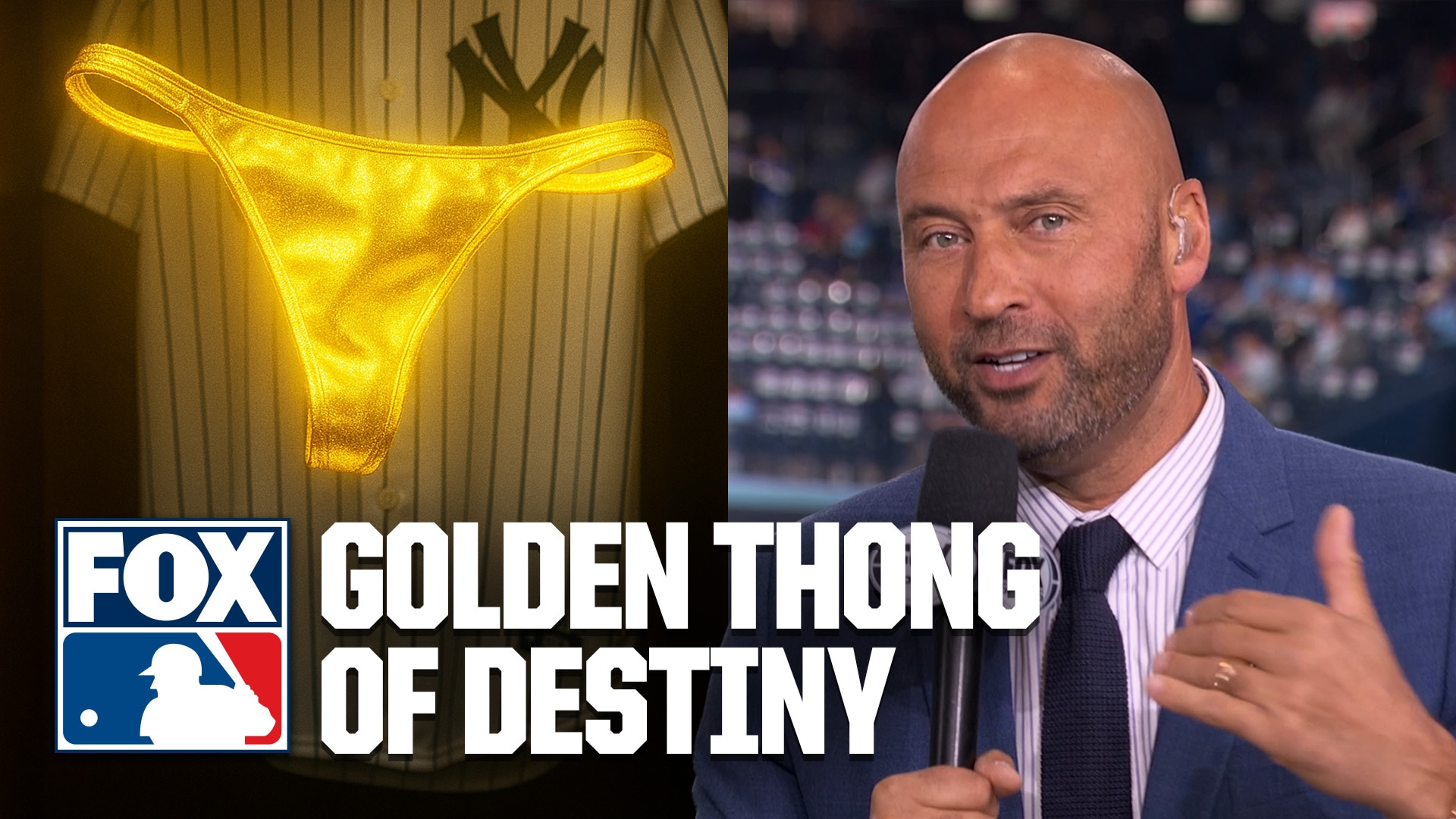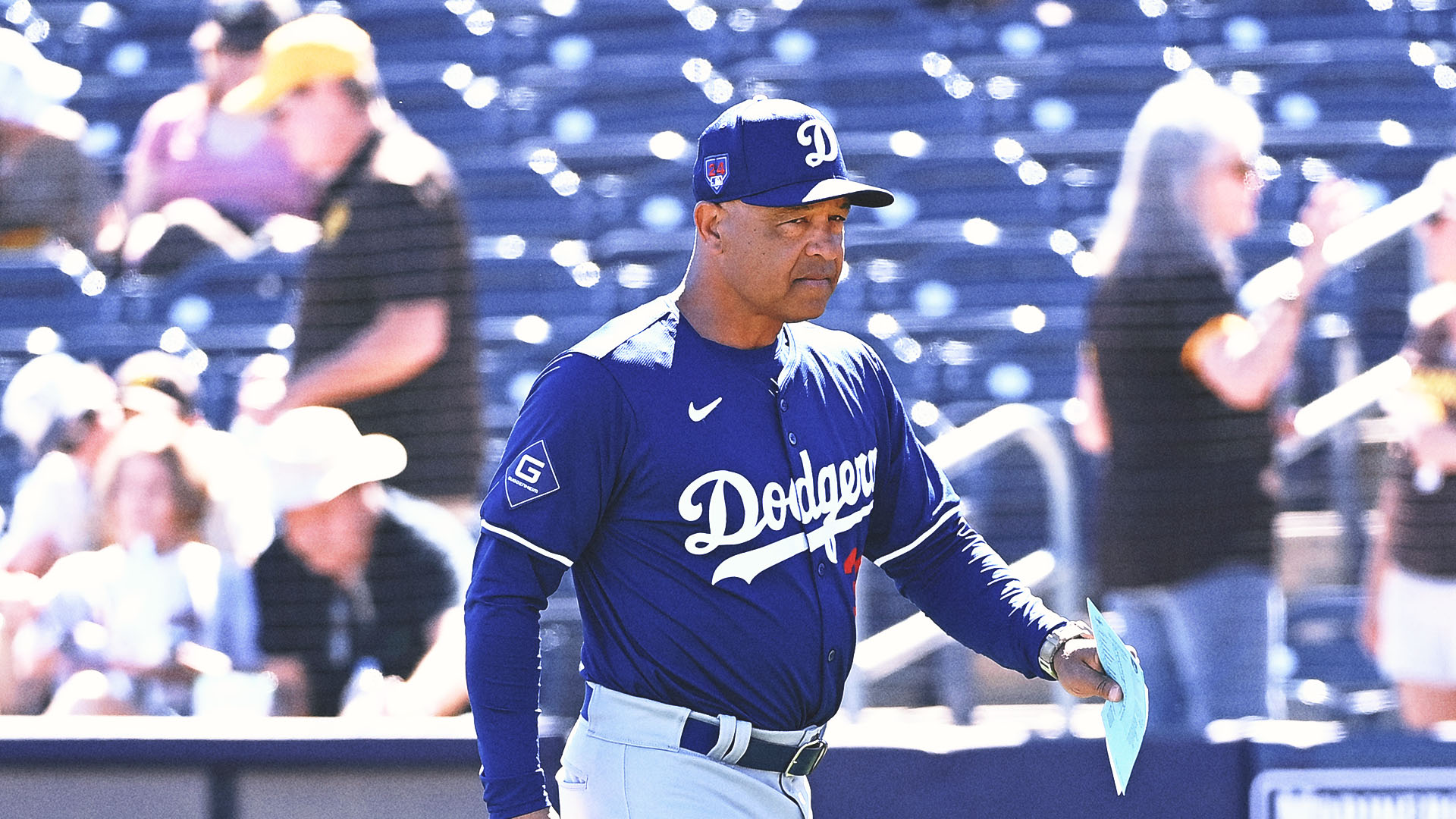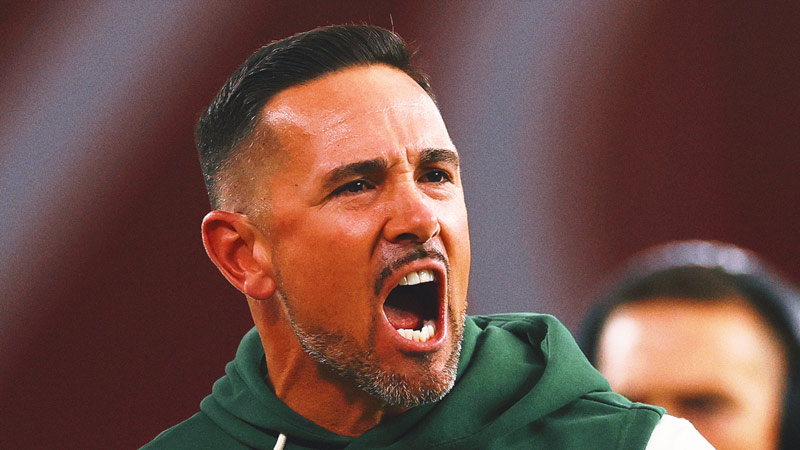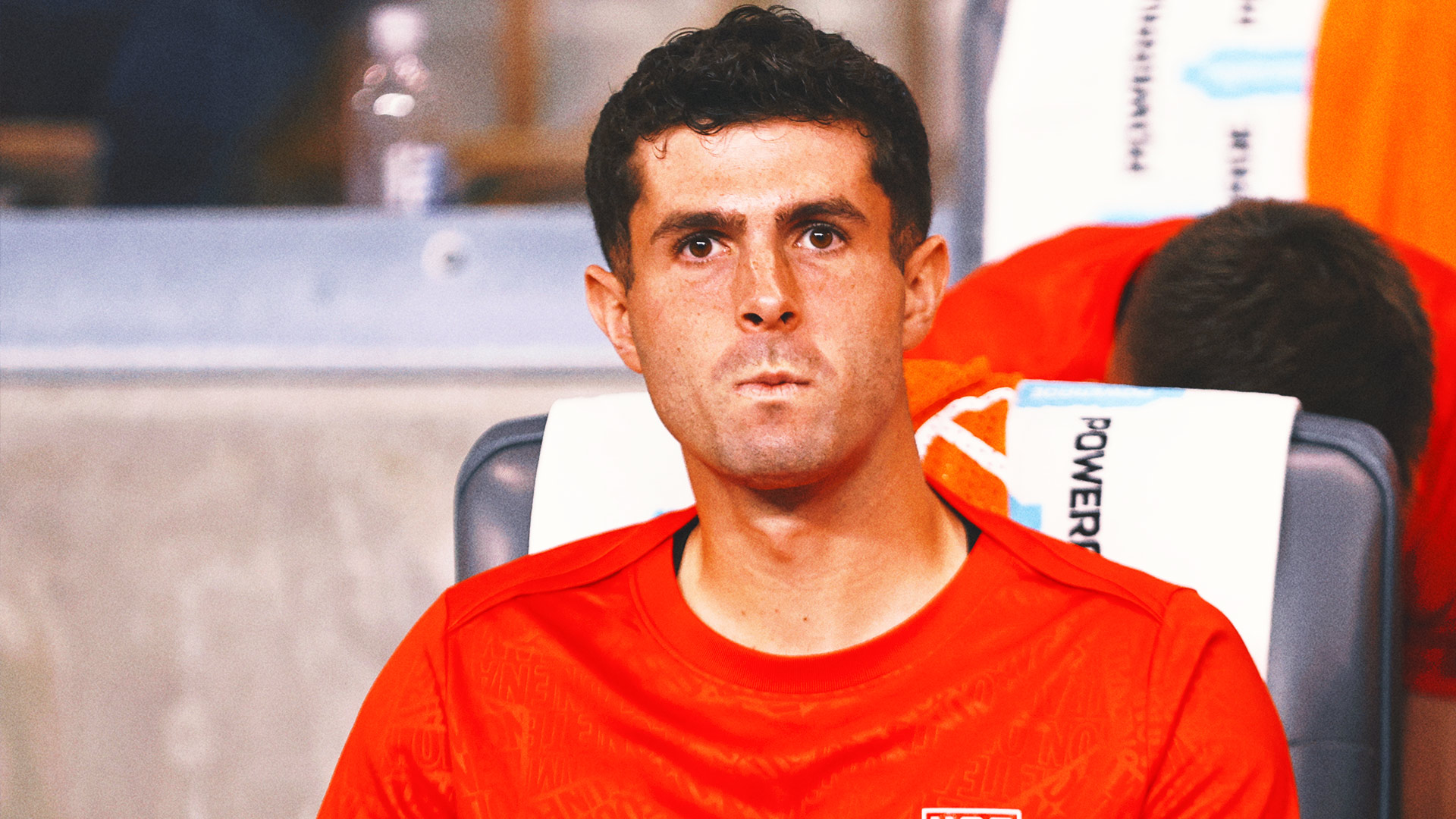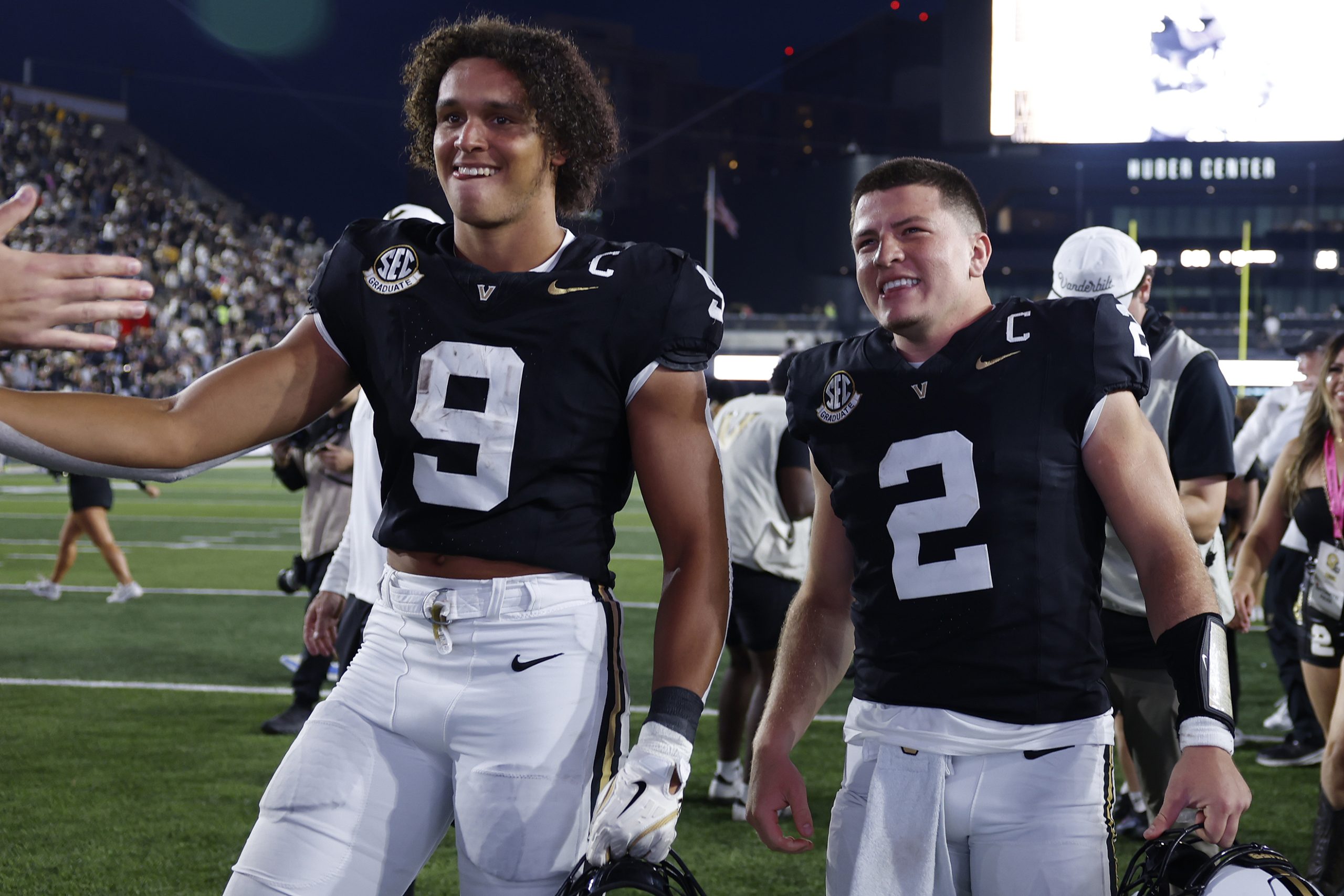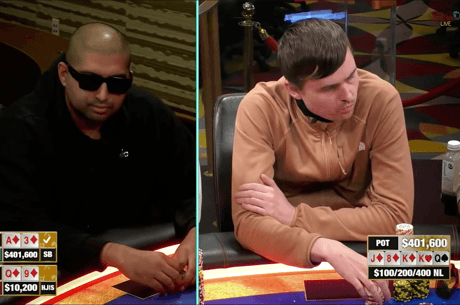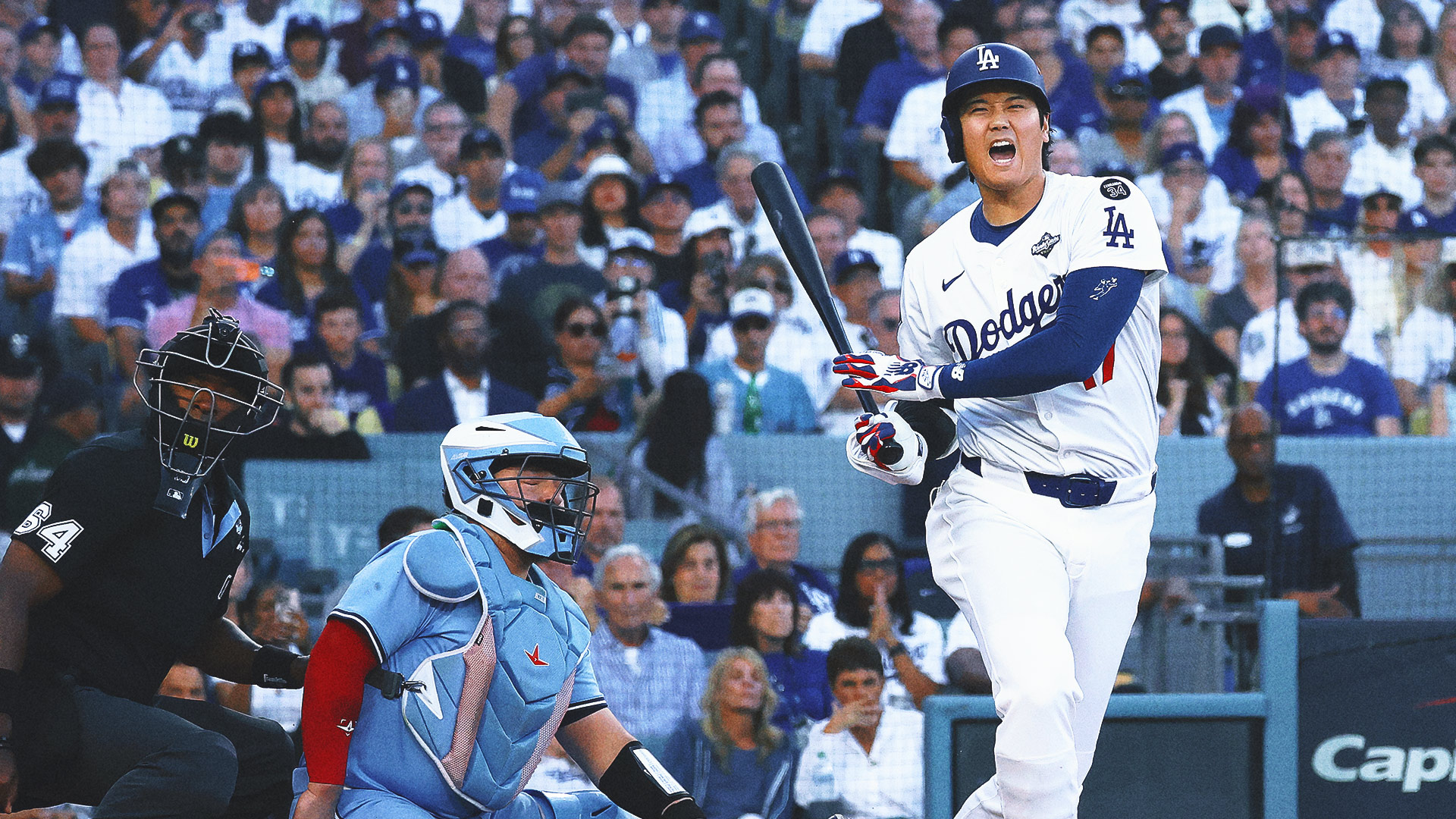The WNBA and WNPBA reached an agreement on a 30-day extension on the current collective bargaining a little over 24 hours before it was set to expire.
The agreement was reached after the WNBA originally proposed a 30-day extension on Tuesday, and followed an exchange of proposals and slate of meetings over the course of the week. In a statement shared Friday, the union explained its stance on accepting the league’s proposal, which came with one condition.
“The WNBPA Executive Committee agreed to the league’s proposed 30-day extension of the current CBA, with the condition that the players may terminate the extension at any time with 48 hours’ notice,” the statement said. “While we believed negotiations would be further along, the players are more focused, united, and determined than ever to reach an agreement that reflects their value and undeniable impact on the league.”
The WNBA will operate with the same condition permitting them to terminate the extension with two days’ notice, a source with knowledge of negotiations told Front Office Sports.
But how did we get here? And what happens next? Here’s what to know as the league and union begin negotiations with a new deadline.
What led to an extension being needed?
The WNBPA opted out of the current CBA, which was slated to run through 2027, citing a desire to pursue a transformational deal that better reflects the massive growth the league is experiencing. Players are seeking improved standards for facilities, better health benefits, family planning and retirement benefits, expanded roster sizes, and the codifying of charter travel.
Negotiations started off contentiously after the WNBA claimed that the league received its first official proposal from the union in April. The union disputed that claim saying it had sent multiple proposals over the course of the new year.
By July, negotiations reached a boiling point when both sides met in person during WNBA All-Star weekend in Indianapolis. Multiple players characterized the meeting as a waste of time. Between July and September, little headway was made. Over the last week, both sides blamed the other for failing to contribute constructively to negotiations. The union accused the WNBA of lacking urgency, to which the league responded by urging the players association to “spend less time disseminating public misinformation and more time joining us in constructive engagement across the table.”
Both sides continued to meet this week before ultimately agreeing to an extension.
What is the main source of contention?
The salary model remains the main sticking point in negotiations.
The players are pursuing a revenue sharing model that is closer in line with what their NBA counterparts receive. The NBA salary cap is based on a percentage of the league’s total revenue, also characterized as basketball related income. BRI includes ticket sales, media rights, merchandise, and a slew of other revenue generators by the NBA and its 30 teams. NBA players are guaranteed a nearly 50% share of BRI. The NBA’s 2025–26 salary cap rose by the maximum 10% year over year as a result of the league’s BRI.
According to multiple sources, the WNBA’s proposals have included a structure similar to what currently exists, linking revenue sharing with targets that need to be hit. This model, according to sources, only includes league revenue and not team revenue.
“You know it’s bad when the best they say they can do is more of the same: a fixed salary system and a separate revenue-sharing plan that only includes a piece of a piece of the pie, and pays [the league] back first,” WNBPA executive director Terri Carmichael Jackson said in a statement last week.
A substantial pay increase was included in one of the WNBA’s recent proposals, which sources told FOS included a supermax salary close to $850,000 and a veteran minimum of around $300,000.
Both sides have since exchanged proposals signaling those numbers have likely changed.
What happens if no deal is reached in the next 30 days?
The league has never lost games to a work stoppage.
The closest it came was in 2003, when the WNBA draft and preseason were delayed before an agreement was ultimately reached in April. This year, the league is up against an unprecedented free agency period with almost 50% of the league’s players set to become unrestricted free agents and a two-team expansion draft.
If a deal isn’t reached in the next 30 days the same possibilities the league and union were confronting at this deadline will be back on the table. Both sides can agree to another extension, continue negotiations in a period of status quo, or face a potential work stoppage in the form of a lockout initiated by the owners or a strike initiated by the union.
Sources have indicated that a work stoppage was not an imminent threat leading up to the original Oct. 31 deadline.
The post WNBA and WNBPA Agree to 30-Day Extension. Now What? appeared first on Front Office Sports.

 8 hours ago
17
8 hours ago
17



